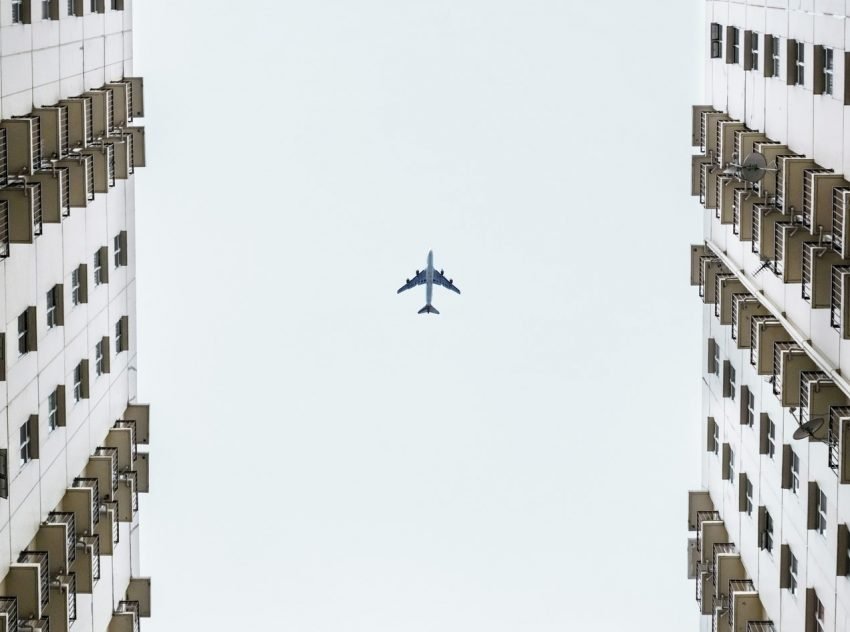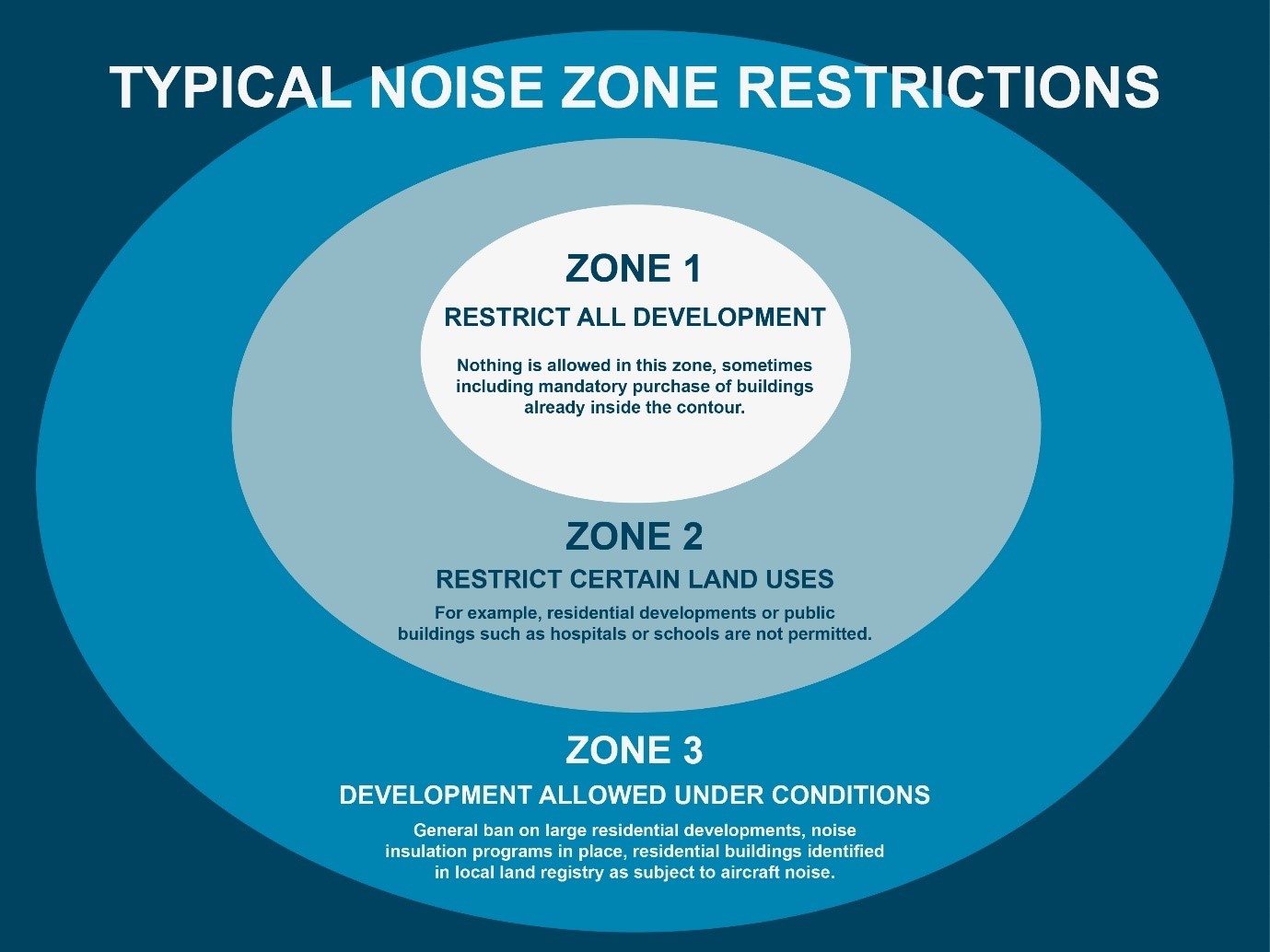Airports in highly developed regions have long been required to publish airport noise zones. In 2018, India’s Ministry of Environment, Forest and Climate Change announced a similar requirement, but the criteria, methodology and application are open to individual airport interpretation. Looking to international best practices could help in developing detailed guidelines for a consistent approach and implementation across the country.
[blockquote text=”India’s regulations may not be stringent now, but we expect them to increase as the country’s aviation industry grows.” text_color=”#004361″ show_quote_icon=”yes”][vc_separator type=’transparent’ position=’center’ color=” thickness=’5′ up=” down=”]
India’s Airport Noise Zone Rule
Under the 2018 regulation, the 30+ airports in India that have more than 15,000 movements per annum are now required to develop and demarcate an airport noise zone. However, the regulation does not offer clear guidelines on the approach airports should take in defining this noise zone. Without a common methodology, airports can interpret the regulation as they see fit.
In addition, the regulation only stipulates a single noise zone, while most airports around the world typically identify three zones based on aircraft noise levels. How the noise zone(s) should be applied to land use planning and noise mitigation for the populations already residing within them is not clearly specified.
Noise Zones & Land Use
Airport noise zones are used primarily to facilitate local authorities in land use planning. The zones are applied to help ensure proper restrictions on residential and commercial developments near airports so that residents are protected from adverse health effects due to aircraft noise.
The applicable noise limits used to define noise zones will vary by country and local regulations, but most tend to apply land use restrictions according to the three noise zones pictured below. The severity of restrictions increases as aircraft noise levels increase closer to the airport.
Airports, for their part, must continually manage aircraft noise by following the ICAO balanced approach, managing flight path dispersion, developing noise preferential routes, etc. Most importantly, airports should collaborate with government and community stakeholders to develop noise insulation programs to protect local populations.
Future-Proofing Airport Noise Zones
Defining airport noise zones requires that multiple factors be taken into account, such as historic and future runway usage patterns, current aircraft fleet mix, future traffic levels, planned developments (new runways and air traffic routes), and historic meteorological data, just to name a few. A comprehensive noise zone should include a combination of multiple noise contours that considers all possible “realistic worst-case operational scenarios”.
Over the coming years, as aircraft become quieter, the noise footprint of airport operations is expected to shrink. However, the residents’ tolerance to aircraft noise is also expected to decrease, meaning that airport noise zones defined with today’s limits will probably remain equally applicable in the future.
India’s regulations may not be stringent now, but we expect them to increase as the country’s aviation industry grows. For airports that are unprepared, future compliance may be extremely costly and difficult.
A well-defined noise zone that can inform noise mitigation measures and insulation programs, as well as keeping irresponsible real-estate development in check, will allow the airport to grow while still protecting residents from excessive aircraft noise nuisance. Developing consistent noise zone guidelines that follow well-established international best practices would put India’s airports in a better position for sustainable development for years to come.
About To70. To70 is one of the world’s leading aviation consultancies, founded in the Netherlands with offices in Europe, Australia, Asia, and Latin America. To70 believes that society’s growing demand for transport and mobility can be met in a safe, efficient, environmentally friendly and economically viable manner. To achieve this, policy and business decisions have to be based on objective information. With our diverse team of specialists and generalists to70 provides pragmatic solutions and expert advice, based on high-quality data-driven analyses. For more information, please refer to www.to70.com.


